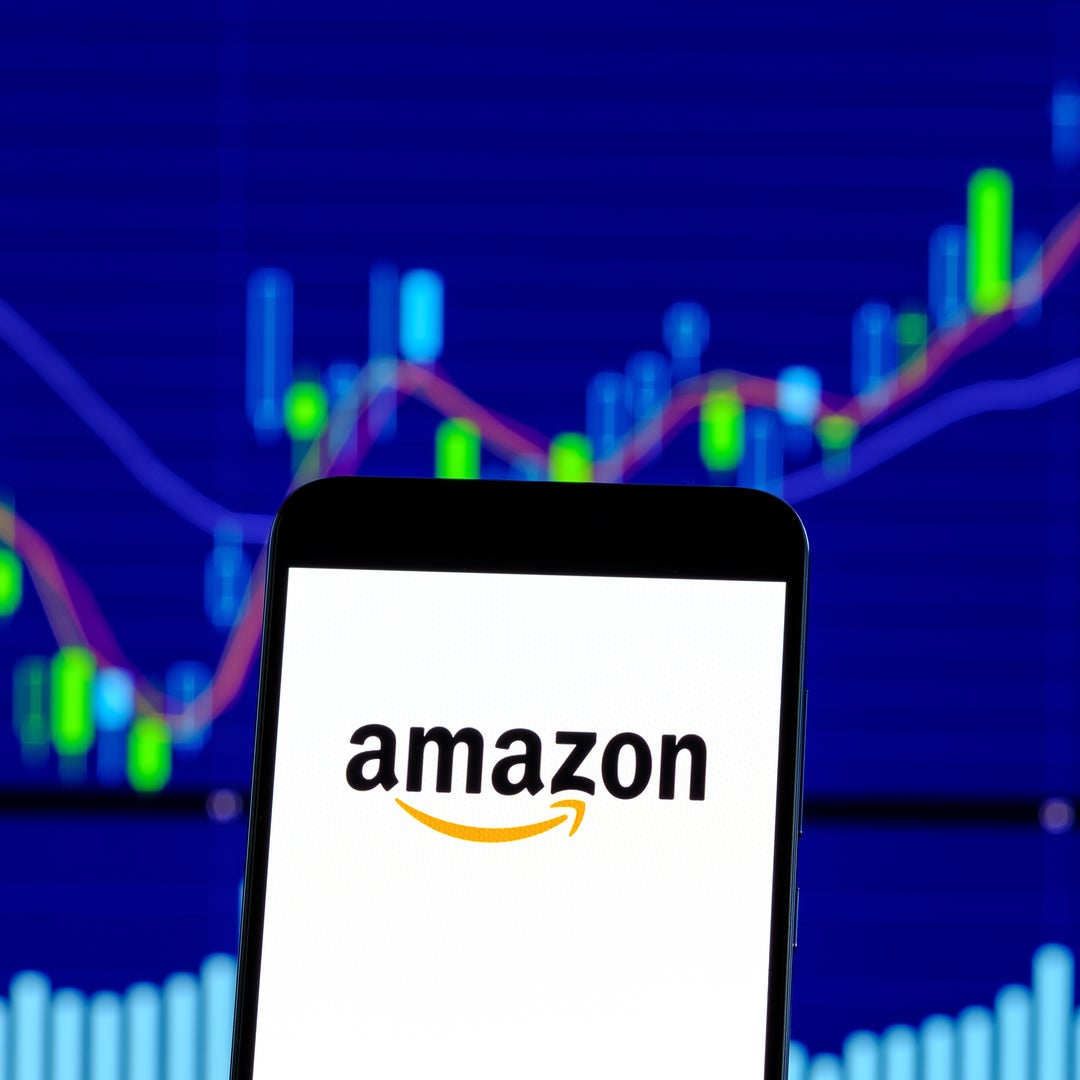Amazon Stock Split Performance

Amazon.com investors are partying like it’s 1999. In early March 2022, the retail behemoth announced a 20-for-1 stock split, its first such move since the dotcom boom. The split was approved by shareholders on May 25th, and post-split shares began trading on June 6th.
Investors responded favorably when the split was announced, bidding up Amazon’s share price by more than 5% in early trading in March.
Amazon certainly fits the bill of firms that have split their stock in the past, says David Sekera, chief U.S. market strategist at Morningstar. “These are typically companies that have good growth outlooks and that have been financially successful,” he says. “That’s why Amazon’s stock price has gotten as high as it has.”
And if the folks who invested before the company’s first set of stock splits held onto their shares, they earned a gain of about 41,000%.
How Amazon stock performed after its first stock split
In the past, investors who were bullish on Amazon’s prospects have been rewarded for holding the stock over the long term. In the late ’90s, the company executed three splits in quick succession, beginning with a 2-for-1 split in 1998, when the shares were worth about $86 apiece. Had you held 10 shares of Amazon going into the split, you’d have then held 20, worth $43 each.
The stock split again in January 1999, this time giving investors 3 shares for 1 and bringing that total to 60 shares. Another 2-for-1 split in 1999 would have brought your share count to 120.
Amazon has grown quite a bit since then. As of midday on March 10, 2022, one share of its stock is worth $2,933. That means your original $860 investment would now be worth $351,960. That’s an annualized return of about 28% compared with about an 8% annualized total return (including dividends) in the S&P 500 over the same period.
Why investors care about stock splits
A company executes a stock split by issuing additional shares to current shareholders, based on how many shares those investors already own. In a 2-for-1 split, investors receive two shares for each share they already own. A 3-for-1 split triples the share count.
As the term “split” implies, the value of the companies’ shares is divided by the corresponding amount. A split does nothing to change the overall value of the company or the total value of the shares any investor holds. If you held a single $10 share of stock before a 2-for-1 split, you’d have a pair of $5 shares afterward.
“A split doesn’t change the intrinsic value of a company,” Sekera says. “It doesn’t matter if you have 340 shares at $1,000 or 1,000 shares at $340.”
There are a few probable reasons why Amazon decided to head to splitsville. Increasing the number of shares and making them cheaper means that more people potentially have access to the stock. Given Amazon’s near $3,000 per-share price tag, those who can’t or don’t trade partial shares of stock may be at a disadvantage when it comes to investing in the company.
Lowering its price per share may also allow Amazon to become part of the Dow Jones Industrial Average, says Neil Macneale, publisher of stock split newsletter “2 for 1.” Because the Dow is price-weighted, with the highest-priced stocks occupying the top spot in the index, stocks that are too expensive can’t be included.
Betting on Amazon after splits has been lucrative
Despite those potential upsides, the real reason companies like Amazon announce splits has little to do with numbers, Macneale points out. “It’s a psychological thing,” he says. “A split announcement is a signal from the board of directors that they think the company is doing well and will continue to do well for the foreseeable future — say, two to three years.”
A split announcement is never a guarantee that a stock will perform well, even over the short term, says Sekera. “A split doesn’t change the economic value of a company,” he says. “You should always analyze the fundamentals before buying.”
The views expressed are generalized and may not be appropriate for all investors. The information contained in this article should not be construed as, and may not be used in connection with, an offer to sell, or a solicitation of an offer to buy or hold, an interest in any security or investment product. There is no guarantee that past performance will recur or result in a positive outcome. Carefully consider your financial situation, including investment objective, time horizon, risk tolerance, and fees prior to making any investment decisions. No level of diversification or asset allocation can ensure profits or guarantee against losses.
This material has been presented for informational and educational purposes only. The views expressed in the articles above are generalized and may not be appropriate for all investors. The information contained in this article should not be construed as, and may not be used in connection with, an offer to sell, or a solicitation of an offer to buy or hold, an interest in any security or investment product. There is no guarantee that past performance will recur or result in a positive outcome. Carefully consider your financial situation, including investment objective, time horizon, risk tolerance, and fees prior to making any investment decisions. No level of diversification or asset allocation can ensure profits or guarantee against losses. Article contributors are not affiliated with Acorns Advisers, LLC. and do not provide investment advice to Acorns’ clients. Acorns is not engaged in rendering tax, legal or accounting advice. Please consult a qualified professional for this type of service.








